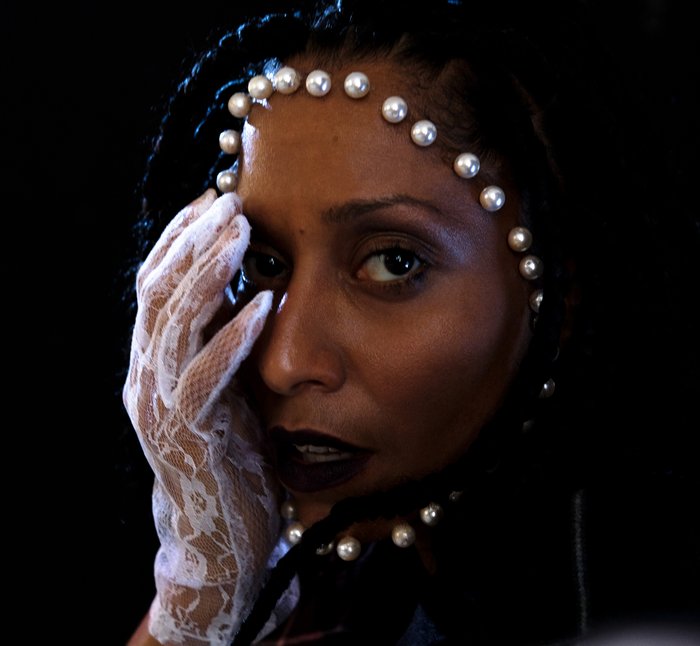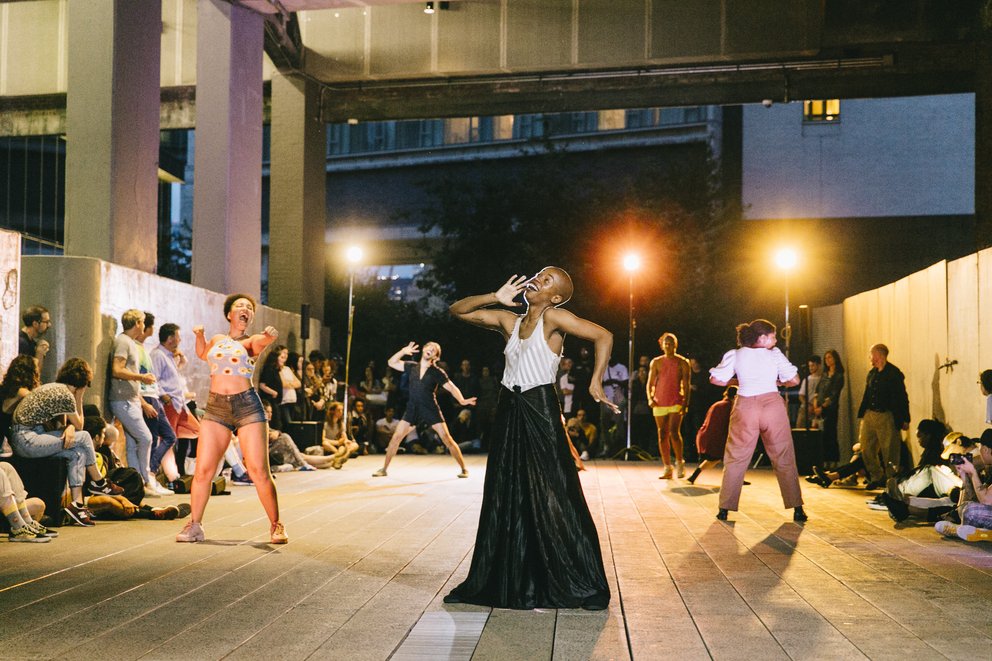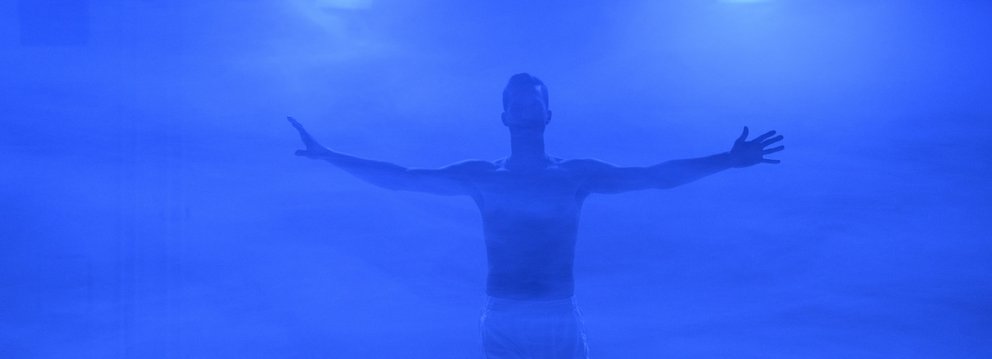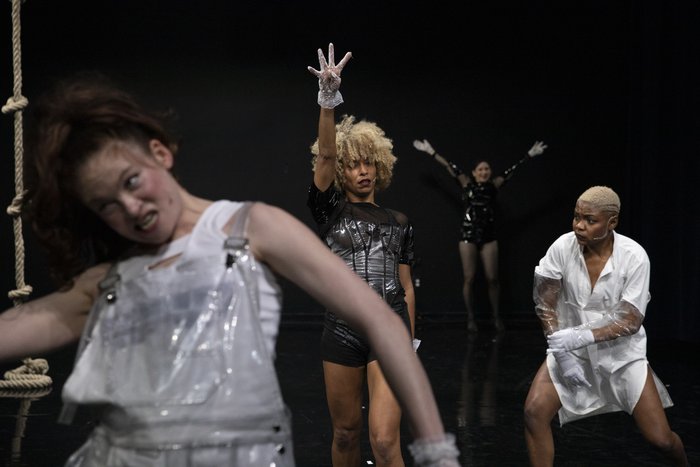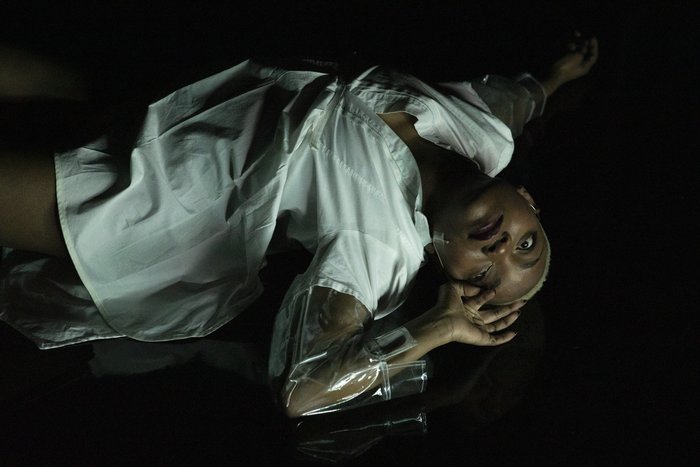Troubling the stage and the body as places of stable representation, the choreographer and performer Ligia Lewis invites frictions and ruptures into her creative process. Between March 15 and 18, HAU originally planned to show “A Melancholic Melody / A Will To An End – A Series of Works by Ligia Lewis”, including Lewis’ recent performance trilogy – “Sorrow Swag,” performed in a saturated blue, “minor matter,” a poetic work illuminated in red, and “Water Will (in Melody),” a gothic tale set in black and white. Unfortunately, this had to be cancelled in order to prevent a rapid spread of the coronavirus. Although it’s not a replacement of the live performance, you can read here an interview with Lewis, first published in Bomb Magazine.
Your work unseats the position of mastery that a spectator in a proscenium theater might assume will be given to them. That’s achieved through these moments of illegibility, where perception and knowledge slip away. Scenographically, dramaturgically, or choreographically, movement gets interrupted or shifts midway; just at the moment the spectator is starting to get a handle on what’s happening, something dissolves or transforms.
I like producing a slippery relationship between the audience and performers. How do I build a fugitive choreography, one that’s always in the process of escaping itself, then coming back to reaffirm itself, only to slide away again? The act of interpreting a choreography is made live by the performers, which is the invitation in my work. I’m fortunate to work with brilliant performers, and this kind of dynamic interpretation is present in the pieces.
Alongside their interpretations, there’s a logic for how movements or embodiments unfold in space and time. Light and sound undergo a similar process. In “Sorrow Swag”, light and sound produce qualities of immersion, and at times distance or disappearance. And in “minor matter”, light and sound offer a feeling of seemingly endless unfolding. In “Water Will”, light is more hypnotic, fantastical. The unsettling qualities emerge out of different choreographic proposals that always include sound and light. I like when something familiar suddenly touches upon the uncanny, or a series of activities or movements is interrupted, or sonic and visual shiftiness disrupts the flow of things and creates a hiccup in perception.
I indulge in nonlinear thinking and allow myself to riff or go in multiple directions in a piece. This lends itself to going sideways versus straight forward. I’m an intense reader of my own work, but not in an analytical sense. It’s an intuitive process.
